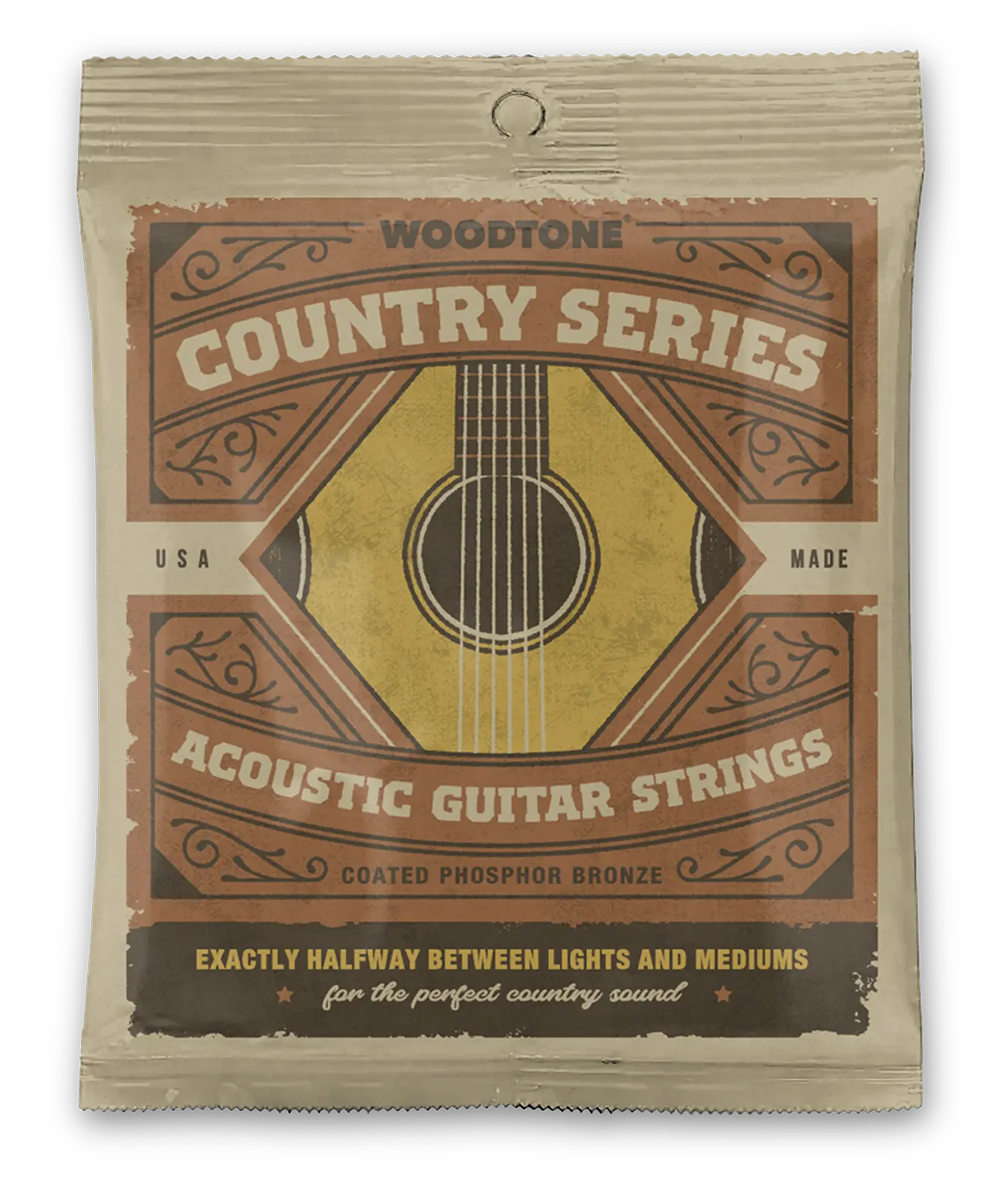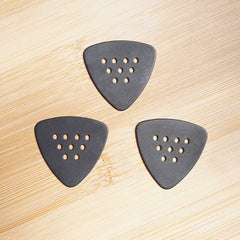Introduction
Recording acoustic guitar can be a rewarding yet challenging endeavor. Whether you're a seasoned musician or a beginner, capturing the perfect acoustic sound requires attention to detail and some know-how. In this article, we'll explore a variety of tips and tricks to help you achieve stellar recordings of your acoustic guitar performances.
Choose the right room
The environment in which you record your acoustic guitar can significantly impact the final sound. Opt for a room with minimal echo and good acoustics. Consider using a room with carpeting, drapes, or furniture to help absorb excess sound reflections.
Mic placement
Experimentation is key when it comes to mic placement. Start by positioning the microphone around the 12th fret of the guitar, pointing towards the soundhole at a distance of about 6-18 inches. This placement often captures a balanced blend of warmth and clarity. However, don't hesitate to try different positions, such as closer to the soundhole for a bass-heavy sound or further away for a more ambient feel.
Choose the right picks and strings
Your choice of guitar strings and picks significantly affects the tone of your acoustic guitar. Certain types of strings sound better one certain guitars, and some strings simply sound fantastic on most guitars.
Acoustic guitar strings
For a natural acoustic tone, we highly recommend our Woodtone Country Series acoustic guitar strings. They are gauged exactly halfway between Light Strings (12/53) and Medium Strings (13/56) at 12.5/54.5 which gives them better tone than lights, but they are easier to play than mediums. Also, they are LOW TENSION making them easier on your fingers and easier on the neck of your guitar.
Guitar picks with great tone
We've also tested a ton of different guitar picks, and we think our Woodtone FlexGrip™ Picks are a step above the rest in terms of tone quality and playability. They feel very natural to grip and they are quickly becoming the new favorite guitar picks with the best tone in 2024.
When you're recording acoustic guitar, getting the best tone possible at the source (your guitar/mic) is crucial. Make sure you choose the right guitar strings and picks that are suited to your guitar and playing style.
Use multiple microphones
For added depth and dimension, consider using multiple microphones. A common technique is to combine a close-mic with a room mic to capture both the intimate details of the guitar and the natural ambiance of the space. Experiment with different microphone combinations and placements to find the perfect balance.
Here are some of the best mics for recording acoustic guitar:
-
Shure SM81: The Shure SM81 is a small-diaphragm condenser microphone renowned for its reliability and versatility. Its flat frequency response and cardioid polar pattern make it well-suited for capturing the natural sound of acoustic guitar, both in studio and live settings.
-
AKG C414: Another widely used large-diaphragm condenser microphone, the AKG C414 offers multiple polar patterns and switchable pads and filters, allowing for versatile recording options. Its natural and transparent sound reproduction makes it a favorite for capturing the subtleties of acoustic instruments like the guitar.
-
Neumann KM184: Another small-diaphragm condenser microphone, the Neumann KM184, is highly regarded for its clarity, warmth, and precise transient response. It captures the nuances of acoustic guitar performances with exceptional detail and fidelity.
-
Rode NT5: The Rode NT5 is a budget-friendly small-diaphragm condenser microphone that punches above its weight in terms of performance. It delivers crisp and clear sound with low self-noise, making it an excellent choice for recording acoustic guitar in home studios or professional settings.
-
AKG C451b: This mic is a small-diaphragm condenser microphone known for its exceptional clarity, transient response, and versatility, making it a popular choice for capturing detailed acoustic instruments and percussion.
-
Neumann U87: The Neumann U87 is a classic large-diaphragm condenser microphone known for its versatility and transparent sound. It captures the nuances of acoustic guitar with exceptional detail and clarity, making it a popular choice among professional recording engineers.
Pay attention to preamp and EQ settings
Take the time to dial in your preamp settings and EQ to enhance the sound of your acoustic guitar. Start with a clean, transparent preamp setting and adjust the EQ to emphasize the desired frequencies. Be mindful not to overdo it – subtle adjustments can make a big difference.
Here's a helpful video talking about how to EQ acoustic guitar:
Experiment with recording techniques
Don't be afraid to get creative with your recording techniques. Try recording in different positions within the room, such as facing towards or away from the walls, to alter the sound. You can also experiment with mic placements above or below the guitar, as well as using techniques like mid-side recording for added stereo width.
Control background noise
Minimize background noise during recording to ensure a clean signal. Turn off fans, air conditioners, and other noisy appliances, and consider using noise reduction tools or plugins during post-production if needed.
Focus on performance
Remember that the quality of your performance plays a significant role in the final recording. Practice your piece thoroughly before recording, and focus on achieving a consistent and expressive performance.
Don't overlook post-processing
Once you've captured your acoustic guitar recording, don't underestimate the power of post-processing. Use tools like compression, reverb, and EQ to enhance the sound and add polish to your recording. However, be careful not to over-process – subtlety is key.
Conclusion
Capturing the perfect acoustic sound requires a combination of technical knowledge, experimentation, and attention to detail. By following these tips and tricks, you can elevate your acoustic guitar recordings to new heights and create captivating music that resonates with listeners. So, grab your guitar, set up your recording gear, and let your creativity soar.




